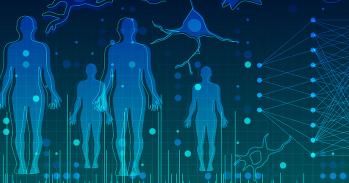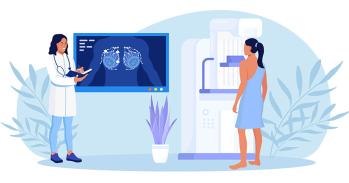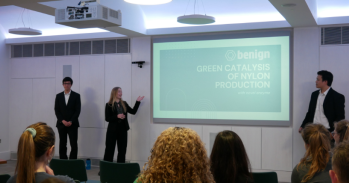
Baker’s yeast cells living together in communities help feed each other, but leave incomers from the same species to die from starvation, according to new research from the University of Cambridge.
Baker’s yeast cells living together in communities help feed each other, but leave incomers from the same species to die from starvation, according to new research from the University of Cambridge.
The cell-cell cooperation we uncovered plays a significant role in allowing yeast to help us to produce our food, beer and wine
Kate Campbell
The findings, published today in the open access journal eLife, could lead to new biotechnological production systems based on metabolic cooperation. They could also be used to inhibit cell growth by blocking the exchange of metabolites between cells. This could be a new strategy to combat fungal pathogens or tumour cells.
“The cell-cell cooperation we uncovered plays a significant role in allowing yeast to help us to produce our food, beer and wine,” says first author Kate Campbell.
“It may also be crucial for all eukaryotic life, including animals, plants and fungi.”
Yeast metabolism has been exploited for thousands of years by mankind for brewing and baking. Yeast metabolizes sugar and secretes a wide array of small molecules during their life cycle, from alcohols and carbon dioxide to antioxidants and amino acids. Although much research has shown yeast to be a robust metabolic work-horse, only more recently has it become clear that these single-cellular organisms assemble in communities, in which individual cells may play a specialised function.
For the new study funded by the Wellcome Trust and European Research Council, researchers at the University of Cambridge and the Francis Crick Institute found cells to be highly efficient at exchanging some of their essential building blocks (amino acids and nucleobases, such as the A, T, G and C constituents of DNA) in what they call metabolic cooperation. However, they do not do so with every kind of yeast cell: they share nutrients with cells descendant from the same ancestor, but not with other cells from the same species when they originate from another community.
Using a synthetic biology approach, the team led by Dr Markus Ralser at the Department of Biochemistry started with a metabolically competent yeast mother cell, genetically manipulated so that its daughters progressively loose essential metabolic genes. They used it to grow a heterogeneous population of yeast with multiple generations, in which individual cells are deficient for various nutrients.
Campbell then tested whether cells lacking a metabolic gene can survive by sharing nutrients with their family members. When living within their community setting, these cells could continue to grow and survive. This meant that cells were being kept alive by neighbouring cells, which still had their metabolic activity intact, providing them with a much needed nutrient supply. Eventually, the colony established a composition where the majority of cells did help each other out. When cells of the same species but derived from another community were introduced, social interactions did not establish and the foreign cells died from starvation.
When the successful community was compared to other yeast strains, which had no metabolic deficiencies, the researchers found no pronounced differences in how both communities grew and produced biomass. This is implies that sharing was so efficient that any disadvantage was cancelled out.
The implications of these results may therefore be substantial for industries in which yeast are used to produce biomolecules of interest. This includes biofuels, vaccines and food supplements. The research might also help to develop therapeutic strategies against pathogenic fungi, such as the yeast Candida albicans, which form cooperative communities to overcome our immune system.
Reference
Kate Campbell, Jakob Vowinckel, Michael Muelleder, Silke Malmsheimer, Nicola Lawrence, Enrica Calvani, Leonor Miller-Fleming, Mohammad T. Alam, Stefan Christen, Markus A. Keller, and Markus Ralser
Self-establishing communities enable cooperative metabolite exchange in a eukaryote eLife 2015, https://dx.doi.org/10.7554/eLife.09943

The text in this work is licensed under a Creative Commons Attribution 4.0 International License. For image use please see separate credits above.




